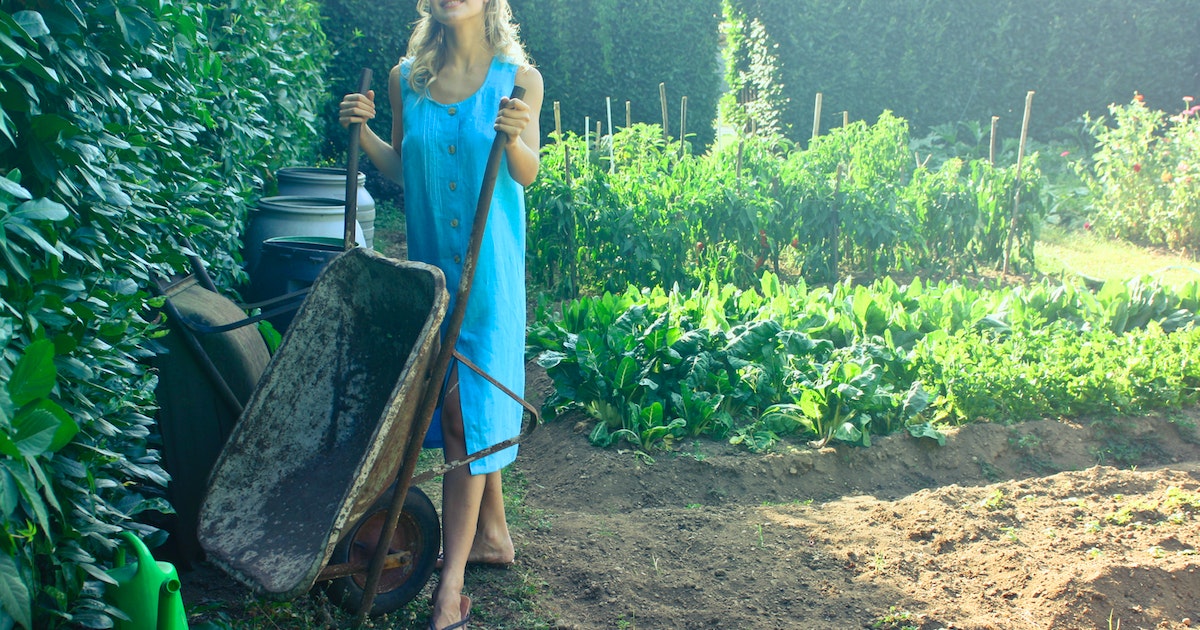Ivy is a versatile plant. It can be used both to cover walls and to be suspended and pending in vases, beautifying internal environments. So, learn how to make ivy seedlings to transform your home and receive lots of compliments!
Ivy is recognized as a very beautiful plant, with leaves ranging from dark green to intense red, in different formats, which imitate the leaves of vines or small hearts. These are more reasons to follow our tips on how to make ivy seedlings.
The Ivy seedlings
Just like the plant, seedlings are very resistant. Therefore, it is extremely easy to make seedlings either by placing branches directly in the ground or leaving them in water until they form roots. These are the two ways to make a seedling of cat’s claw ivy and any other type.
Branches can be obtained by pruning already grown ivy. This is important to keep the plant healthy and less woody. Otherwise, it could damage the wall it is covering.
The cutting of the branches
In each of the segments where a leaf grows, it is possible to see structures that can give rise to new roots in the opposite part of the stem. They just need to touch a fertile and humid substrate to give rise to a new plant.
Planting the Ivy seedlings
Cut a two- to four-inch piece of the ivy you want to seedling. Remove three to four leaves from one end of the branch and stick them in the moist substrate , made with one part earth and the other part organic, humus or manure.
In three weeks, the plant begins to root. Around 60 days, the tendril, the part of the stem used to climb and cling to the structures it will support, begins to grow. From this, the seedling is already ready and grown. Now, you already know how to make the ivy seedling.
Seedling of Ivy in water
There is another way to make the ivy seedling. Seedlings can be obtained by dipping the cut branches in a glass of water. In that case, remove most of the leaves, leaving only two on the opposite side to the one to be submerged.
Leave these cuttings in water until they form small, fine, white roots. After the roots grow, make the substrate above, leaving it always moist, and plant these branches in it. The growth of seedlings will occur in the same way. Did you like how to make ivy seedlings in water ?
Planting the Ivy seedings
Now that you’ve learned how to make ivy seedlings, let’s talk about how to plant and keep ivy healthy. Planting can be done directly in a bed, to cover walls and walls, or in vases, as a pending plant.
Materials for planting
You will see how easy it is to plant ivy . As we said, this plant is resistant and does not need much care. For pot planting, materials are few. You probably already have them at home if you practice gardening, even sporadically. You will need:
- Earth;
- Fertile compost (worm humus or chicken/beef manure);
- Medium-sized vase;
- Sand;
- Water;
- One seedling for each pot.
Drainage layer
The drainage layer of the pots is a very important step to keep the roots of the plants hydrated, but not soggy. Follow this tip for success in how to make ivy seedlings.
Place some stones (building pebbles or expanded clay) to cover the holes in the bottom of the pot. On top, place a layer of construction sand.
Preparing the pot and planting the seedling
On top of the drainage layer, lay the substrate using earth, compost and sand in a 1:1:1 ratio well mixed. Place the seedling and fill the entire vase with the rest of the substrate. Water the seedling and the soil, taking care not to soak the plant.
The plant as a covering for walls and walls
If you want the ivy to cover surfaces, follow this tip on how to plant ivy on the wall or on the wall: make 30 x 30 x 30 cm holes spaced by 30 to 50 cm. Place the seedlings, cover them with substrate and water them.
How to care for Ivy seedlings
After planting, you need to know how to care for the ivy plant . She needs a lot of light, sun and watering every two or three days in summer and once or twice a week on cold days.
For more interesting articles kindly visit our Exclusive Gardening Blog

